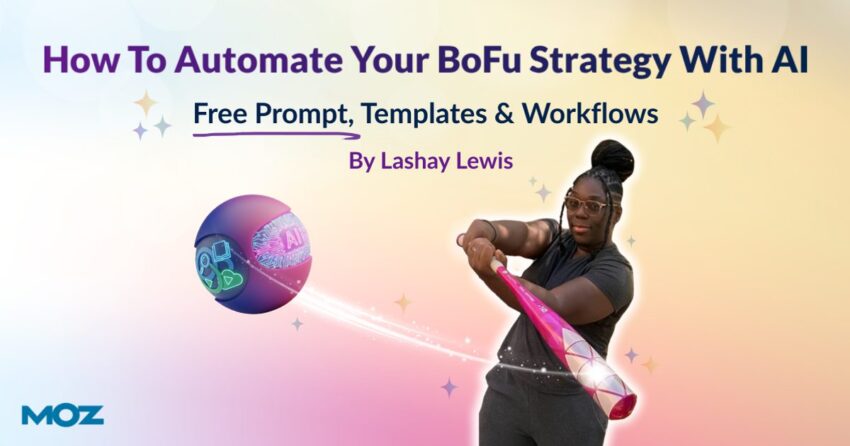TL;DR Summary of How to Build a BoFu Strategy with AI to Drive More Conversions
Optimixed’s Overview: Leveraging AI and Cross-Team Collaboration to Optimize Bottom-of-Funnel Content for Maximum Conversion
Identifying the BoFu Gap and Aligning Teams
Many companies struggle with BoFu content because critical insights from sales, customer success, and product teams are not shared effectively. This disconnect creates a gap where content at the decision stage does not resonate with buyer needs or address objections, leading to poor conversion rates.
- Sales understands buyer objections.
- Customer Success hears recurring pain points.
- Product knows which features solve key problems.
Bringing these insights together creates content that supports the buying conversation and drives leads through the funnel.
Building an AI-Driven BoFu Research Assistant
Using AI tools like OpenAI’s ChatGPT, teams can create custom assistants that aggregate internal data such as sales call transcripts, support notes, and product documentation. This centralizes key themes:
- Pain points that create urgency
- Objections that delay decisions
- Product capabilities that address concerns
- Benefits highlighted post-sale
This structured internal knowledge base forms the foundation for every BoFu article, ensuring content is tailored to real buyer language and concerns rather than generic web data.
Focused Keyword Research and Competitor Analysis
Effective BoFu content targets commercial and transactional keywords tied to decision-stage buyer intent. Key methods include:
- Keyword gap analysis using tools like Moz to identify relevant opportunities versus direct and niche competitors.
- Classifying competitors into direct, niche, and broad categories to prioritize content battles where you can win.
- Employing AI frameworks like the Competitor Puzzle and product comparison prompts to generate structured insights for blog posts and comparison pages.
- Using the BoFu Alphabet Soup strategy to discover new use cases by exploring Google autocomplete queries.
Mapping keywords to funnel stages ensures BoFu content focuses on terms that signal readiness to buy.
Structuring and Creating High-Impact BoFu Content
Successful BoFu articles follow a standardized format that integrates insights from all teams:
- Introduction: Lead with buyer pain points or benefits derived from sales and customer success conversations.
- Product features: Deep dives into how key features solve problems, using product marketing and demo materials.
- Competitor breakdowns: Honest comparisons highlighting gaps and strengths without negative language.
- Conclusion: A benefits-driven call to action tied back to initial pain points.
AI accelerates drafting and repurposing content, but human edits ensure accuracy and alignment with brand tone.
Measuring and Optimizing BoFu Content Performance
Tracking BoFu content’s impact on lead generation and conversion is critical. Recommended tools include:
- Dealfront: Track inbound lead activity by URL and identify companies engaging with content.
- Dreamdata, Amplitude, PostHog: For full-funnel attribution and behavioral analytics.
- Looker Studio dashboards: Visualize page-level views, demo requests, and conversion metrics for continuous monitoring.
Data-driven insights empower teams to advocate for increased BoFu content investment and refine strategies that drive pipeline growth.
Conclusion
Integrating AI with cross-functional insights transforms BoFu content from generic traffic drivers into powerful conversion tools. By organizing internal knowledge, focusing keyword research, structuring content strategically, and tracking results quantitatively, businesses can build repeatable BoFu workflows that significantly boost sales outcomes.
